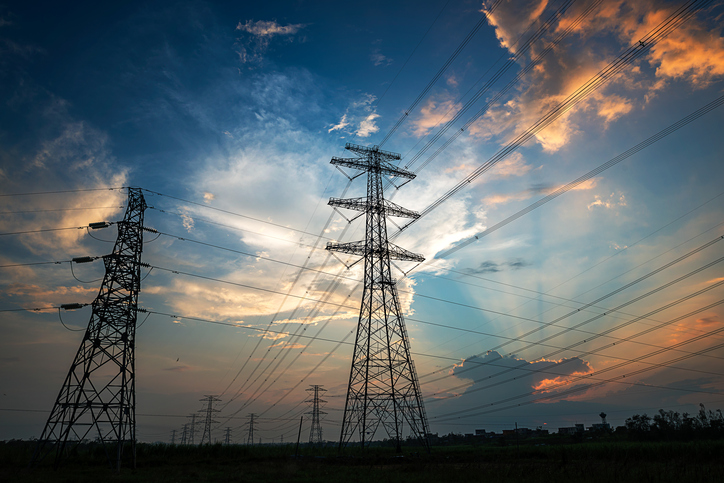
The Department for Business, Energy and Industrial Strategy (BEIS) has this afternoon finally relented and published the Frontier Economics-produced report on the system costs of renewables integration.
The report, ordered by former energy secretary Sir Ed Davey, had been controversially withheld from publication by the department despite being finished last February.
Since leaving the government Davey has repeatedly called for the report’s publication due to its use as an evidence base for policy decisions. Freedom of Information requests, not least by Davey himself but also from media outlets including Solar Power Portal, have been flatly denied, citing that the report would eventually be published.
Earlier this afternoon (Friday 24 March) BEIS published the report on its site alongside peer reviews.
The report itself investigates the whole power system impacts of various electricity generation technologies, aiming to establish the added costs and factors that need to be taken into account when integrating variable renewables generators into the grid alongside more traditional, centralised power stations.
Stressing that levelised costs of electricity calculations are not the best way to compare technologies due to how they disregard other costs associated with the wider electricity system, the report stresses the need to identify whole system impacts to better understand them.
Some of the key takeaways include;
- Variable generators such as solar or onshore wind offer lower capacity adequacy savings due to their nature, but these can be mitigated at the system level by combining them with other generators that possess complementary or uncorrelated outputs.
- Distributed generation (i.e. residential solar) that works to lower net demand can actually lower network costs.
- Whole system costs of renewables will be dependent on the prevalence of other technologies such as demand side response and storage, which allow the grid to operate.
One of the more interesting concepts stressed in the report from a solar perspective is the potential for solar to be co-located with onshore wind to limit the impact of both generators on local systems. Combining the ‘peakier’ generation curve of utility-scale solar with the more random nature of wind could, the report claims, result in a more easily manageable load.
The report also stresses the importance that all generators – renewables and fossil fuel – face all relevant systems impacts for the market to be more effective and that government should enact policy to intervene if this is not the case.
Its key conclusions will however not be of any surprise to industry professionals.
Frontier Economics concludes that system costs increase alongside the penetration rate of generation technologies; costs can be mitigated through the presence of flexible technologies such as storage; costs associated with particular technologies can fall over time as they are re-optimised; and technologies can adapt to alter their system impacts.
